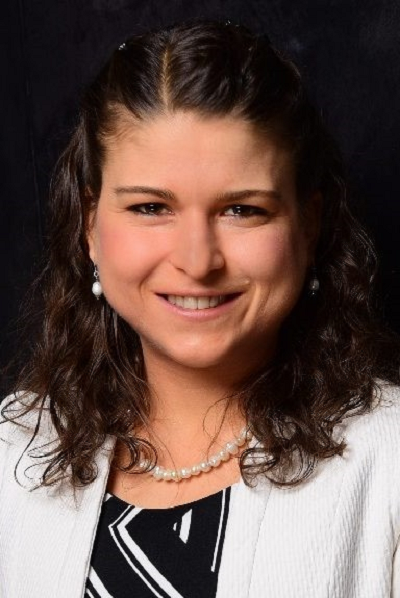Thecentral nervous system (CNS) is our most complex organ system. Despite tremendousprogress in our understanding of the biochemical, electrical, and geneticregulation of CNS functioning and malfunctioning, many fundamental processesand diseases are still not fully understood. For example, axon growth patterns inthe developing brain can currently not be well-predicted based solely on thechemical landscape that neurons encounter, several CNS-related diseases cannotbe precisely diagnosed in living patients, and neuronal regeneration can stillnot be promoted after spinal cord injuries.Duringmany developmental and pathological processes, neurons and glial cells aremotile. Fundamentally, motion is drivenby forces. Hence, CNS cells mechanicallyinteract with their surrounding tissue. They adhere to neighbouring cells and extracellular matrix using celladhesion molecules, which provide friction, and generate forces usingcytoskeletal proteins. These forces aretransmitted to the outside world not only to locomote but also to probe themechanical properties of the environment, which has a long overseen huge impacton cell function.Onlyrecently, groups of several project leaders in this consortium, and a few other groupsworldwide, have discovered an important contribution of mechanical signalsto regulating CNS cell function. For example, they showed that brain tissuemechanics instructs axon growth and pathfinding in vivo, that mechanicalforces play an important role for cortical folding in the developing humanbrain, that the lack of remyelination in the aged brain is due to an increasein brain stiffness in vivo, and that many neurodegenerative diseases areaccompanied by changes in brain and spinal cord mechanics. These first insights strongly suggest thatmechanics contributes to many other aspects of CNS functioning, and it islikely that chemical and mechanical signals intensely interact at the cellularand tissue levels to regulate many diverse cellular processes.The CRC 1540 EBM synergises the expertise of engineers, physicists,biologists, medical researchers, and clinicians in Erlangen to explore mechanicsas an important yet missing puzzle stone in our understanding of CNSdevelopment, homeostasis, and pathology. Our strongly multidisciplinary teamwith unique expertise in CNS mechanics integrates advanced invivo, in vitro, and in silico techniques across time(development, ageing, injury/disease) and length (cell, tissue, organ) scalesto uncover how mechanical forces and mechanical cell and tissue properties,such as stiffness and viscosity, affect CNS function. We especially focus on(A) cerebral, (B) spinal, and (C) cellular mechanics. Invivo and in vitro studies provide a basic understanding ofmechanics-regulated biological and biomedical processes in different regions ofthe CNS. In addition, they help identify key mechano-chemical factors forinclusion in in silico models and provide data for model calibration andvalidation. In silico models, in turn, allow us to test hypotheses without the need of excessive or even inaccessibleexperiments. In addition, they enable the transfer and comparison of mechanics data and findingsacross species and scales. They also empower us to optimise processparameters for the development of in vitro brain tissue-like matricesand in vivo manipulation of mechanical signals, and, eventually, pavethe way for personalised clinical predictions. Insummary, we exploit mechanics-based approaches to advance ourunderstanding of CNS function and to provide the foundation for futureimprovement of diagnosis and treatment of neurological disorders.


My research focuses on experimental and computational soft tissue biomechanics with special emphasis on human brain mechanics and the relationship between brain structure and function. In addition, we study the mechanics of hydrogels with the aim to identify substitutes for native human tissues with similar mechanical properties for applications in tissue engineering and biofabrication.
Research projects
Exploring Brain Mechanics (EBM): Understanding, engineering and exploiting mechanical properties and signals in central nervous system development, physiology and pathology
(Third Party Funds Group – Overall project)
Funding source: DFG / Sonderforschungsbereich / Transregio (SFB / TRR)
URL: https://www.crc1540-ebm.research.fau.eu/
Modellierung und Simulation der Regeneration von Rückenmarksgewebe (B01)
(Third Party Funds Group – Sub project)
Term: 1. January 2023 - 31. December 2026
Funding source: DFG / Sonderforschungsbereich (SFB)
Modellierung und Simulation von Fehlbildungen des Gehirns (A01)
(Third Party Funds Group – Sub project)
Term: 1. January 2023 - 31. December 2026
Funding source: DFG / Sonderforschungsbereich (SFB)
2025
2024
2023
2022
2021
2020
Related Research Fields:
Contact: